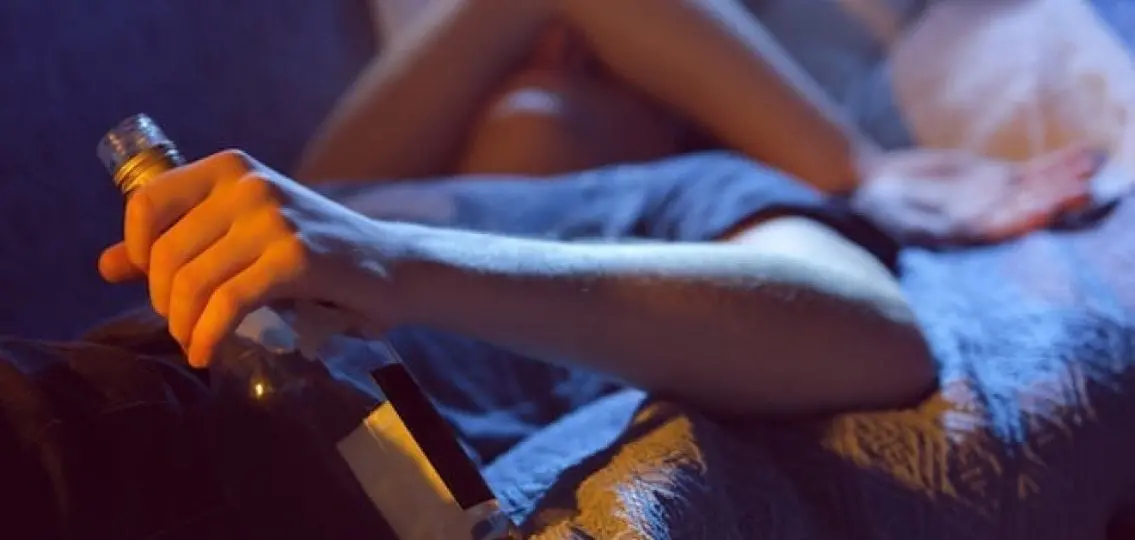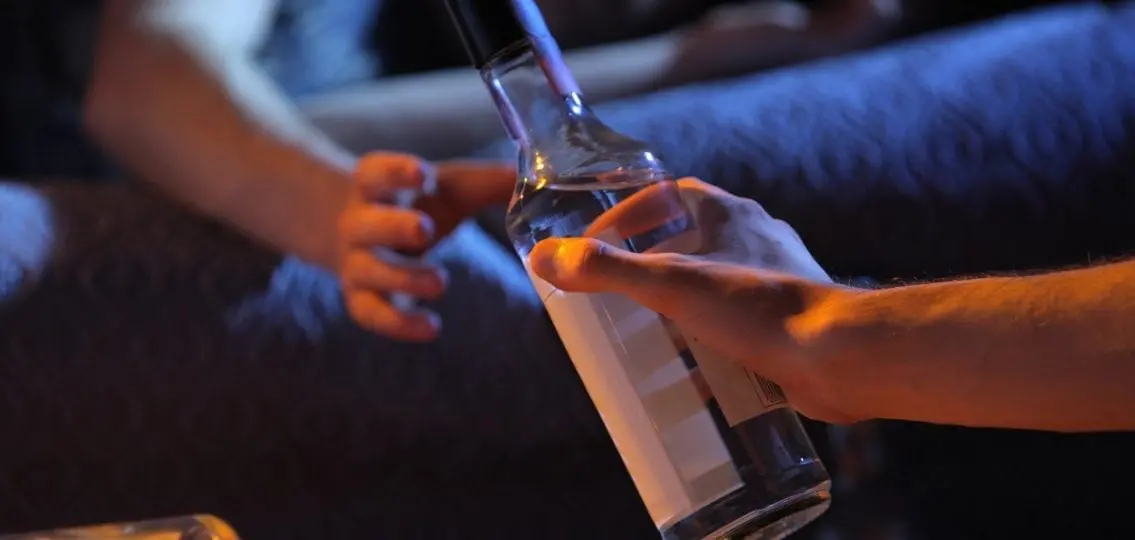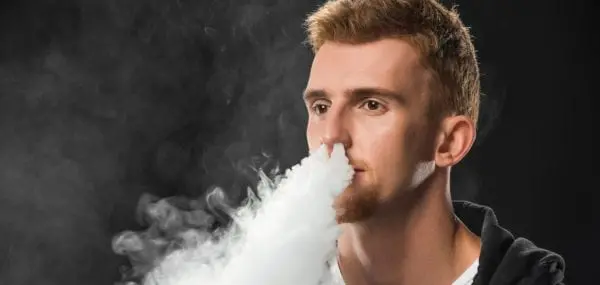In the interest of letting my kids have a private life (not easy when your mom is an essayist), I’ll just say one of my kids drank underage. One shot of vodka. Egged on. Narc’d on, too.
I didn’t yell. Heck, I’d been through worse with my other kids over the years. Instead, he got The Talk.

According to the National Institute on Alcohol Abuse and Alcoholism, by the time teens are 15, over 33 percent of them have tried alcohol. By 18, that number jumps to 60 percent. And once those teens are newly-minted 21-year-olds, they will have to decide if they want to drink and what their relationship with alcohol will be.
Talking About Teen Alcohol Use When There is a History of Addiction
I try to be there for my kids with openness, but when it comes to alcohol, it’s a little bit tricky because, when I look at my family tree, I see a lot of branches with addiction. According to the National Institute on Drug Abuse, up to 50 percent of a person’s risk factor for drug or alcohol abuse is genetic. Which is not to say 50 percent will become addicted—alcohol abuse genetics is a risk factor, among others. I am not alone in this. A Pew Research study revealed that 50 percent of Americans report a family member or close friend struggling with addiction. That’s an addiction epidemic.
My kids and I have had a front-row seat to what alcoholism can do to a person—to their personality and emotions as well as their health. Alcoholism is ugly, and just like any drug, it can kill you. We know that firsthand too.
My Approach to Teen Drinking
1. Be realistic
My view on the subject, though, is tempered by the reality of the high school and college years. If I had been completely closed to the idea that my kids would likely at least try drinking, and I had only railed endlessly on the dangers and horrors of drinking, I knew—like anyone relentlessly lectured—they would shut down.
2. Share traditions
So I handled it my own way. Like many families, depending on culture, in their mid-teens I let them have half a glass of wine with dinner on special occasions. On New Year’s Eve, everyone had a glass of champagne. I know traditional Italian families who serve red wine with spaghetti, and my daughter traveled to Europe, where the drinking age is 18, or even younger, in most countries.
When my oldest son turned 18 and registered for Selective Service, I told him, “If you are old enough to shed blood for your country, you are old enough to have a cold beer after you mow the lawn.” He usually chose water instead.
3. Refuse to purchase alcohol
What I did not do was buy alcohol for my kids and their friends.
What my family chooses to do is between my kids and me and I am certainly not providing alcohol for someone else’s child. But because my kids did not view alcohol as taboo and had been exposed to it in a casual way, my daughters were more often the sober ones among their peers when they went off to college. Meanwhile, many of their friends were using their newfound freedom to drink to excess. An often ugly—and dangerous—scene.
4. Model safe behavior
Growing up, my children also saw how our family had a designated driver when we went out. When my parents lived with us, that person was always me—because my father was blind and my mom didn’t like to drive after dark. My kids saw that the DD was planned ahead of time, and that, if the waitress offered me a drink, I would say, “Can’t. I’m the DD.”
My children grew up with an awareness that if they ever had anything to drink, they should not drive. They also knew they could always call home for a ride—no questions asked—and so could any of their friends. But they did get The Talk. I may be a hippie mom, but that doesn’t mean I don’t give the occasional lecture. I just disguise them as simple conversations.
5. Remind them of their legacy
“You need to always keep in your mind that addiction runs through this family,” I told my kids.
“Maybe other people can have a few drinks, get drunk once in a while, and it never will become a problem, but you can’t ever not be vigilant.”
I remind them that if they feel they need a drink to relax, or to be able to talk to people, or to fall asleep, or get up, then alcohol is controlling them, not vice versa. They know they have to always be aware because they’ve seen the effects of alcoholism.
When I discovered my underage child had consumed a shot of vodka, I didn’t yell.
Instead, this child got more of The Talk. “Just so you know, you are not like other kids. Even now, even with one drink, you have to be aware.” And just because I like to hammer a point home, I reminded this child what dying of alcoholism looks like. In gross detail. It ain’t pretty.
The National Institute on Alcohol Abuse and Alcoholism says over one in four people in America over the age of 18 binge drink each month, and 7 percent of the US population reports having a drinking problem. I don’t want my kids to be a statistic. But I also know they need to learn their own limits and attitudes.

One of my children never touches a drop of alcohol—and I think that’s great. But ultimately, I want to be the askable parent. I don’t want my kids hiding their curiosity about alcohol or anything else. And I want them to come to me if they ever do feel frightened or worried about alcohol use—whether it’s theirs or a friend’s. I know they won’t do that if I shut them down—so instead I remind them that we are on this complicated journey—with alcohol and our family tree—together.




